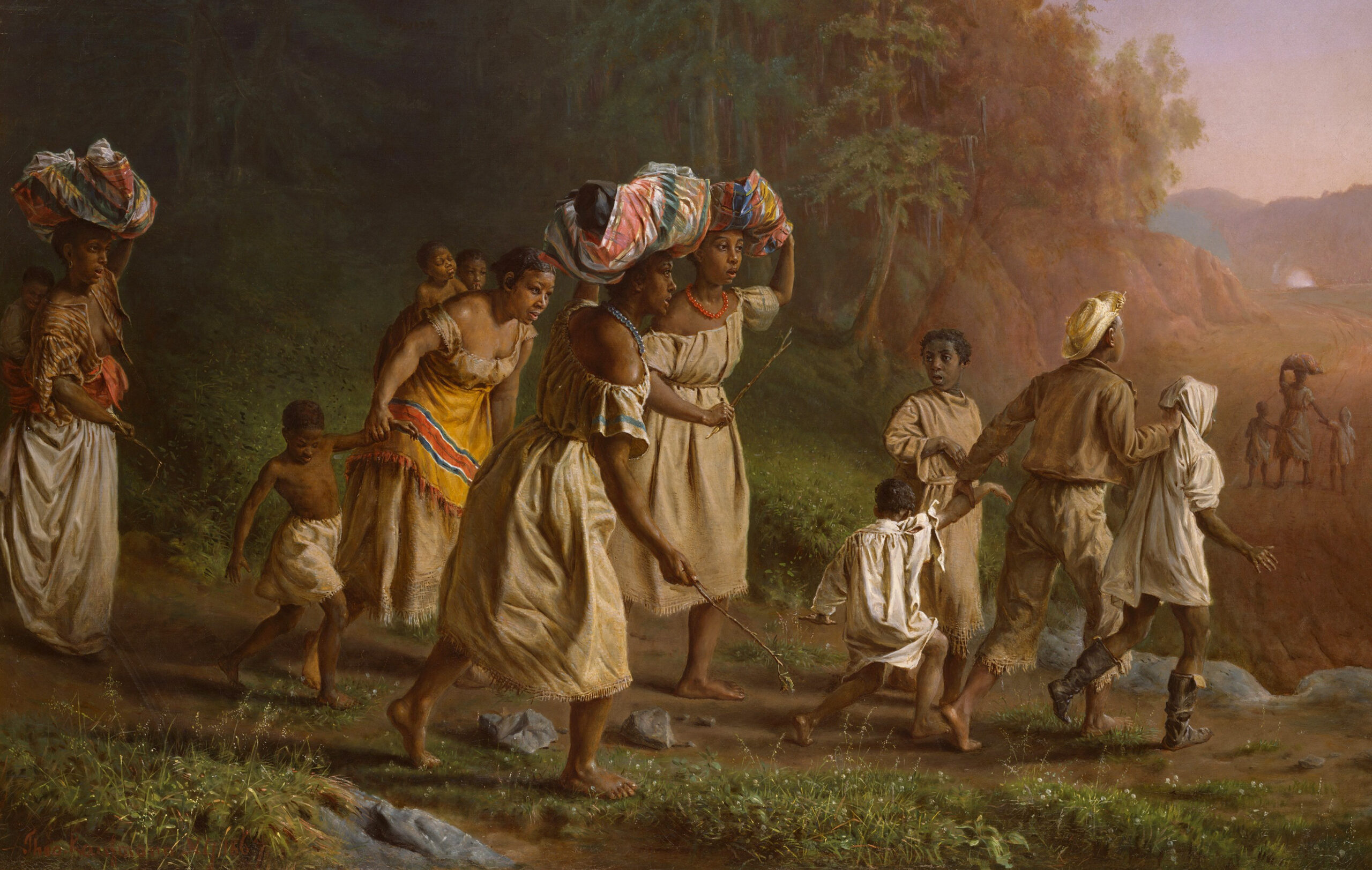
www.theorganicprepper.com
Amazon’s Best Black Friday Deals for Preppers
Are you looking for the best preparedness deals on Amazon? We’ve got you covered with our Holiday 2023 Black Friday Shopping List!
I got up early and went through the products to choose the items that preppers need (or maybe just want.) Save money while getting prepped with these offers or grab some preparedness goodies for the people on your shopping list. And if you’re shopping for other things‚ please consider using this link – it provides us with a small commission at no cost to you!
Also – if you want a little liberty-loving zen in your life‚ check out my brand new Freedom Isn’t Free Coloring Book‚ just published this morning!
The Best Deals on Amazon
Want to create a digital knowledge bank? This Amazon Fire tablet is only $59. At 32GB it can hold somewhere around TWENTY THOUSAND ebooks! Pair it with a solar charging device and you’ll be all set for entertainment and information. This was strongly recommended by a friend of mine.
Speaking of power‚ check out this solar device charger for under $20.
Who needs candy canes in their stocking when they can have Lifestraws? This four-pack is a steal or if you only need one‚ you can save on singles too.
A 4-pack of LED‚ solar-powered camping lanterns will provide the gift of light for several people on your list – it’s a great addition to a power outage kit.
This pack with 4 rain ponchos and 4 survival blankets is an awesome addition to a car kit or bug-out bag. Alternatively‚ you can split it up and divvy it between gift recipients.
This high-quality large wool blanket is a steal at just $31.
A #10 can of Mountain House Chicken and Rice can be found at a heck of a deal.
Looking for a stocking stuffer for those “has everything” types? I like this survival tool with a knife sharpener‚ whistle‚ and Ferro rod.
A pair of long-range two-way radios can be found for under $25.
A four-pack of Rhino one-handed tourniquets could save the life of someone you love.
Keep cozy on the go with a two-pack of emergency bivvy bags.
Save 33% on a couple of emergency tents that roll up to be only slightly bigger than a soda can.
I have these folding binoculars and absolutely love them. Be able to check things out much further away than with the naked eye with this bug-out bag addition.
Grab 100 feet of 1000-pound paracord here.
I always say not to rely on crappy off-brand batteries. Well‚ you can get 48 Energizer batteries for only $27 here and replenish your supplies.
Check out this 84-serving gluten-free bucket of emergency food from Readywise.
Three pairs of merino wool socks will keep your tootsies warm no matter where you’re bugging out to.
Get a four-pack of super bright flashlights (or a two-pack if you don’t need that many). These are fantastic stocking stuffers or additions to different rooms of your house.
These excellent headlamps run on easy-to-find AAA batteries and are great for hands-free light in an emergency. You can also find a four-pack here.
Pop these car-escape tools into the center console of all your loved ones’ vehicles.
Here’s a nifty little survival fishing kit for your bug-out bag.
This 30-day ReadyWise survival food supply has 282 servings and is on deep discount today.
Keep your survival food cheesy with this #10 can of cheese powder from Augason Farms – this is pretty good stuff‚ and I’ve used it in non-survival situations‚ too.
Here’s the best deal I’ve found this Black Friday for a hand-crank NOAA weather radio.
A four-pack of fire-suppression blankets makes an excellent addition to your home’s fire-safety kit.
This small folding handsaw from Mossy Oak has great reviews.
A three-liter gravity-fed portable water filter is far less than the cost of those fancy brands and can be used at a camp as well as at home.
Add some protein to your long-term food supply with this diced beef from Mountain House. Freeze-dried chicken is also on sale.
This small 100-watt camping generator could be very useful for recharging important things.
This pocket chainsaw has fantastic reviews and would be a very useful addition to your bugout bag.
Delight your grandchildren (if not their parents) with these survival whistles.
This survival hatchet has great reviews and is on sale for a steal with 60% off.
Have you ever wanted to try using a bow drill for firestarting? Here’s a really good deal on one.
If you’ve always wanted a military tactical pen‚ now’s your chance to get a two-pack on sale.
What are you shopping for on Black Friday?
Stay safe and save some money by shopping online this weekend if your shopping lists are coming from corporate stores. Visit independent retailers to support your local mom-and-pop shops!
Are you shopping this weekend? Are there any Amazon deals you found that aren’t on my list? Let us know in the comments.
The post Amazon’s Best Black Friday Deals for Preppers appeared first on The Organic Prepper.

















